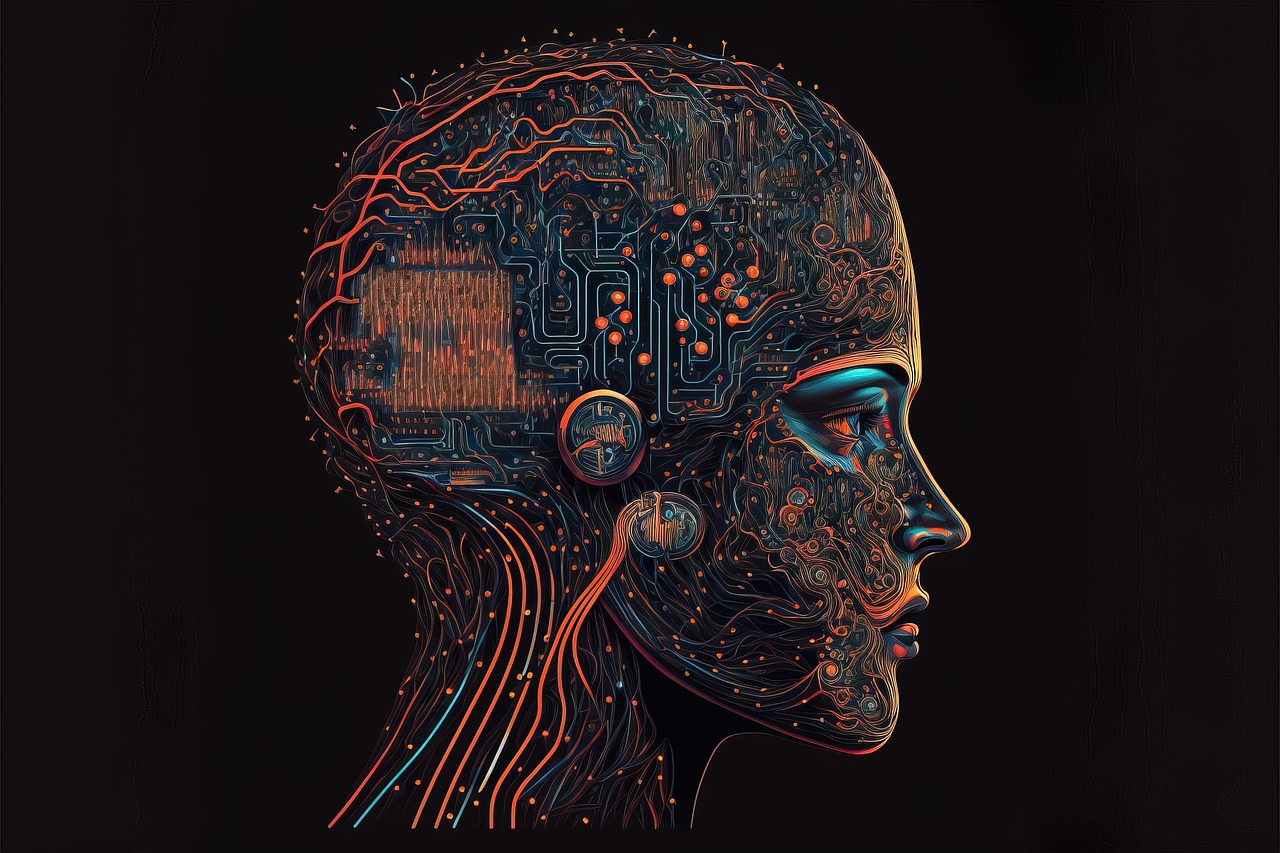Introduction
The race for advanced humanoid robots is heating up, with Tesla Optimus and Boston Dynamics Atlas leading the charge. As we step into 2025, these robots are no longer sci-fi fantasies—they’re real, functional, and transforming industries. But which one stands out? In this in-depth comparison, we’ll analyze their AI capabilities, design, mobility, and real-world applications to see who’s ahead in the humanoid robot revolution.
1. Tesla Optimus: Elon Musk’s Vision for Affordable Humanoid Robots
Design & Mobility
Tesla’s Optimus (Gen 2) boasts a sleek, lightweight design with advanced actuators and sensors. Unlike bulky industrial robots, Optimus is built for everyday tasks, from factory work to household chores.
- Movement: Improved bipedal walking (5 mph) and object manipulation with 11-DoF (Degrees of Freedom) hands.
- AI & Autonomy: Powered by Tesla’s Full Self-Driving (FSD) AI, enabling real-time decision-making.
- Cost Efficiency: Musk aims for a $20,000 price tag, making it accessible for mass adoption.
Real-World Applications
- Manufacturing: Automating repetitive tasks in Tesla factories.
- Home Assistance: Potential for elderly care & domestic chores.
- Space Exploration: Future integration with SpaceX missions.
🔗 Related: How Tesla’s AI is Shaping the Future of Robotics
2. Boston Dynamics Atlas: The Agile, High-Performance Robot
Design & Mobility
Atlas, developed by Boston Dynamics (now Hyundai-owned), is a high-performance humanoid robot known for parkour, backflips, and extreme agility.
- Movement: Dynamic balancing allows it to run, jump, and recover from falls.
- AI & Vision: Uses deep reinforcement learning for adaptive movements.
- Strength & Durability: Designed for heavy-duty industrial tasks.
Real-World Applications
- Search & Rescue: Navigating disaster zones.
- Military & Defense: Potential use in hazardous environments.
- Entertainment: Viral videos showcasing unmatched agility.
🔗 Related: How Boston Dynamics is Pushing Robotics to the Limit
3. Tesla Optimus vs. Boston Dynamics Atlas – Key Differences
| Feature | Tesla Optimus | Boston Dynamics Atlas |
|---|---|---|
| Primary Use | Consumer/Industrial | High-Performance Tasks |
| Mobility | Stable Walking | Parkour & Acrobatics |
| AI | Tesla FSD-Based | Deep Reinforcement Learning |
| Cost | ~$20K (Projected) | $Millions (Research-Only) |
| Availability | Mass Production (2025) | Limited (Lab Use) |
Who Wins?
- Optimus = Affordable, scalable, for everyday use.
- Atlas = Unmatched agility, but expensive & niche.

4. The Future of Humanoid Robots in 2025 & Beyond
Both robots represent different paths in robotics:
- Tesla’s approach: Democratizing robots for homes & factories.
- Boston Dynamics’ approach: Pushing physical limits for specialized tasks.
Upcoming Advancements:
✅ AI Smarter Than Humans? (AGI Integration)
✅ Emotional Intelligence in Robots
✅ Human-Robot Collaboration in Workplaces
Conclusion: Who Leads the Humanoid Robot Race in 2025?
While Boston Dynamics Atlas remains the king of agility, Tesla Optimus is set to revolutionize mass-market robotics. The real winner? Humanity, as these advancements will redefine work, healthcare, and daily life.
Which one excites you more? Let us know in the comments!
